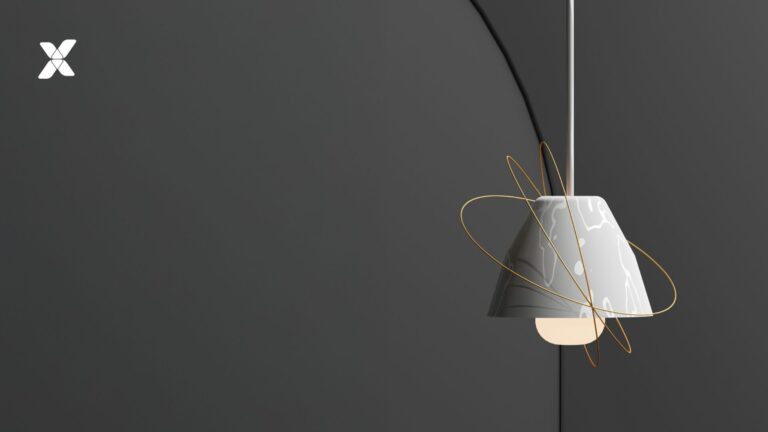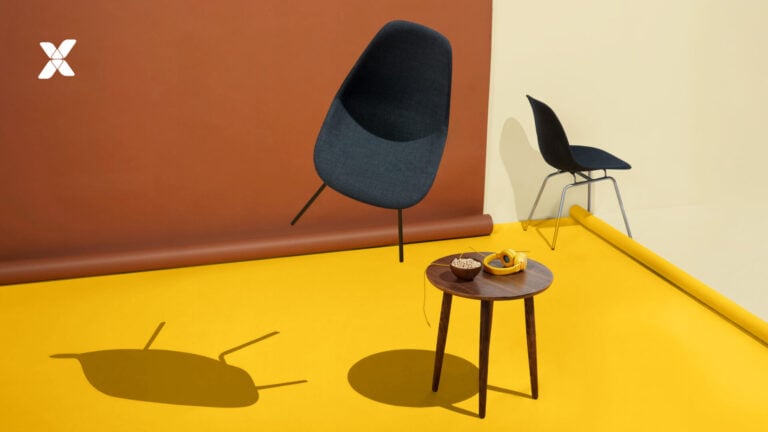Content marketing seems to be a hot topic in 2015. All through January, a steady stream of “trends for the new year” articles and blog posts have discussed how to best take advantage of content creation and distribution. And trend or not, there is no denying that content really is king in many ways. But there is another way of looking at content, that’s a little different from the marketing perspective, that I think is important. It is an approach to content that plays a key role in site design, development and optimization. Here at Vaimo, we call it “content first, light and easy”.
Content first is nothing new. It refers to the design process and is exactly what we mean. When we design the user interface of a new eCommerce site – we start with the content. This means that content is the first thing we address in the initial discovery phase of a new project. We do this before gathering user and market insights, before diving into information architecture and before starting with solution and interaction design. Choosing content as starting point serves many different purposes. Most importantly, content is what the visitor is after and it is our job as strategists, designers and developers to make it as easy to find as possible.
In the very first discovery and define session, we identify and organize every single type of content that will be available on the site. This includes not only the traditional eCommerce catalog with categories and products but also editorial content as well as content that might not directly go on the site but still relates to the customer experience of the brand – like through email, social, bricks & mortar store or traditional media.
We identify all possible types of content, group and organise it and then explore the ways that this content can relate to different types of visitors, contexts and user journeys. By treating everything on the site as content that the user is after, it is a lot easier to define and explore key journeys in the following design phases. Looking at a customer journey with all its touchpoints from a content perspective is also a very effective way of getting rid of the very common and dangerous inside-out perspective and also helps to bridge the gap between selling product and delivering a brand experience.
Content light is something that we at Vaimo try to really bring forward in a world that goes mobile quicker than anyone is able to grasp. Today, web browsing is one of the most painful user experiences on a mobile device and a lot of it has to do with slow sites. Everyone cringes at anything that takes more than a blink to load. Even though most proper sites these days are optimised for mobile in terms of interface, the content is often not. Loading times around 15-20 seconds on a cellular connection are very common for a start page of a responsive site – most of this lag relates directly to heavy images.
Images tend to be heavy because web editors or merchandisers are often overly focused on high-quality photos when they should really be looking to optimise for speed. On top of that, we are usually sitting on a desktop computer during both content creation as well as editing, configuration and testing – and from there it all looks good.
What is often forgotten is that the desktop experience represents less than half of reality these days. Mobile is where it’s at and where the efforts should be focused on. Putting obvious performance tactics aside, one should use server side logic like RESS to make sure that the right type of content is matched with the device and connection capacity of each visitor. On mobile devices, speed is paramount and the key is to keep content very light.
Content easy is something also very closely related to the mobile world of today. Technology and innovation are overall great and very exciting, but it also introduces problems- like the undeniable attention deficit plague that sweeps the connected parts of out planet. At Vaimo, we like to exaggerate a little bit and think about the modern consumer as someone who can’t focus on something longer than 3 seconds. These days, we don’t read or dwell anymore – we quickly skim and scan. Our brains have become wired for quick fixes and constant stimulation and this obviously affects our behaviour – for example how we browse and shop online.
Our approach to this is to make content as easy to find and consume as possible. A couple of common tactics here is to use more images, icons, signage and short videos rather than long pieces of text or anything that cannot be quickly skimmed. With mobile, effective web design has become more simplified and sometimes even naive, but it is not only because of the small screens. It also has to do with our rewired minds.
Another important aspect of “content easy” and mobile is usability on small screens. The native apps have set the standard of how an easy-to-use interface should look and function, and new hardware and software innovations keep raising the bar. These days, a smartphone recognises you by fingerprint, automatically brings forward the apps that are relevant to your location and even understands a normal conversation. The challenge within eCommerce is to keep up with raising customer expectations in terms of delivering what the consumer is after.
So, lastly – not only must content be extremely easy to find, but it must also be very easy to interact with. This is where designing for small screens and touch interfaces comes into play. A couple of things that we at Vaimo are constantly double-checking are:
- Are the key user journeys easy on a small screen?
- Is the text easy to read on a small screen?
- Are images and videos easy to consume?
- Are links and buttons easy to tap?
Some of these things might sound obvious but they are easily forgotten when sitting behind a 30” screen every working day of the week, hammering on a physical keyboard. The hardware and software interfaces of the desktop world have seen decades of constant improvement and we as users are very comfortable in getting things done and finding what we’re after when we have a large screen, keyboard and cursor hooked up to a high-speed network.
In this new, mobile world everything is turned upside down and a lot of things still have a long way to go. Content on small screens is indeed one of the challenges and the way we at Vaimo go about it right now is: first, light and easy.
PJ Utsi, Chief Creative Officer at Vaimo







